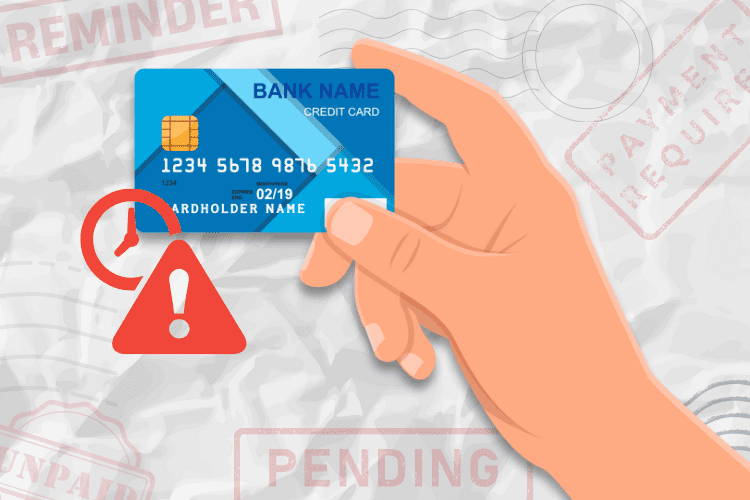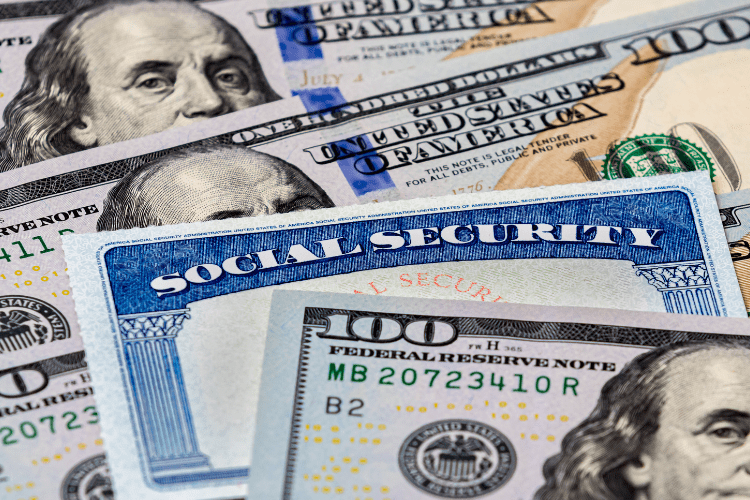Which States Will Tax Student Loan Forgiveness?

Last month, President Biden announced something many student loan borrowers have been waiting to hear for a while. The Biden administration is forgiving up to $20,000 of student loans for millions of Americans and extending the current student loan payment forbearance until December 31st, 2022.
According to U.S. News, under Biden’s debt relief plan, those who earn less than $125,000 a year, or who are in households with a combined income of less than $250,000, are eligible for up to $10,000 in debt cancellation. An additional $10,000 of student debt will be erased for Pell-eligible borrowers who received Pell Grants, federal need-based aid, during college.
With the average college graduate holding roughly $30,000 in loans, this program is a massive relief for thousands across the country, especially in the wake of the COVID-19 pandemic. Despite the great news, the President’s actions have pushed certain states to review their tax codes and consider your debt relief as taxable income (ugh).
So keep reading to determine if your state will tax your student loan debt relief!
Will The Federal Government Tax Student Loan Forgiveness?
The answer is no. The federal government will not tax student loan forgiveness, so you won’t see a higher federal tax bill this season. The country is experiencing high inflation and a growing student loan crisis that won’t go away soon. Through this legislation, the government is easing students’ financial burden during these challenging times, not adding to it.
3 States That Are Definitely Taxing Student Loan Forgiveness
Most states follow a “rolling conformity” tax system. A state with this type of tax code will adapt to the current definition of adjusted gross income or taxable income, which excludes student loans.
If your state doesn’t follow this system, their legislatures will decide whether to tax President Biden’s loan forgiveness program. So far, there are three confirmed states that will be taxing student loan relief:
North Carolina
In a recent press release, the North Carolinian government has confirmed that it will tax student loan relief. Even though the state follows a conformity tax system, it does not include loan forgiveness. For every $10,000 of loans forgiven, the recipient needs to pay $525 in extra state taxes. While Governor Roy Cooper called for the state’s legislators to follow the federal tax law’s ruling, they don’t have the political will to do so any time soon.
Mississippi
Mississippi doesn’t follow the federal government’s tax system, unlike other states. Federal tax changes won’t apply here unless its legislature changes it, including taxing student loan forgiveness. Anyone who applies for student debt relief will have to pay $500 for every $10,000 they receive, meaning Pell Grant recipients receiving up to $20,000 of student loan forgiveness will have to pay up to an extra $1,000 in taxes this year.
Indiana
The Indiana Department of Revenue recently confirmed that they will tax debt forgiveness recipients. The state has a static conformity system and typically follows the federal government’s guidelines. Still, the legislature didn’t include the recent debt relief exemption. With the state tax rate of 3.23%, a recipient must pay an extra $323 per $10,000 received. If you have to pay county taxes, expect your student loan forgiveness tax bill to be even higher.
Will Other States Be Taxing Student Debt Relief?
While these three states have already confirmed that they’ll be taxing student loan forgiveness, there are at least four others where you might be taxed also.
For example, Arkansas doesn’t follow federal tax law, but the state has not yet announced whether it will create any exemptions for debt recipients. Additionally, Wisconsin, California, and Minnesota have yet to update their tax code to conform with the current federal tax policy.
If you live in these states, keep an eye out for further announcements soon.
When Will Student Loan Forgiveness Be Available?
According to the Education Department, the application to apply for student loan forgiveness will be available in early October 2022. After submitting everything, it will take roughly four to six weeks for the debt relief to be approved. Apply before November 15th if you can. If you have student loan debt that’s less than or equal to the $10,000 or $20,000 limit (based on which you qualify for), you won’t have to make any more payments when your loan is approved before loan payments resume on January 1st, 2023.
The Bottom Line
If you’ve been struggling with paying off loans, Biden’s loan forgiveness plan can help you get out of debt or make your payments more manageable.
However, some state legislatures will consider your deft relief as something they can tax. Plan ahead and put away some extra cash so as to not fall behind on your taxes this year. Also, if you still owe anything after debt relief, find out more about the different repayment programs available for your remaining loans.
Read More: How Do Student Loans Work?










